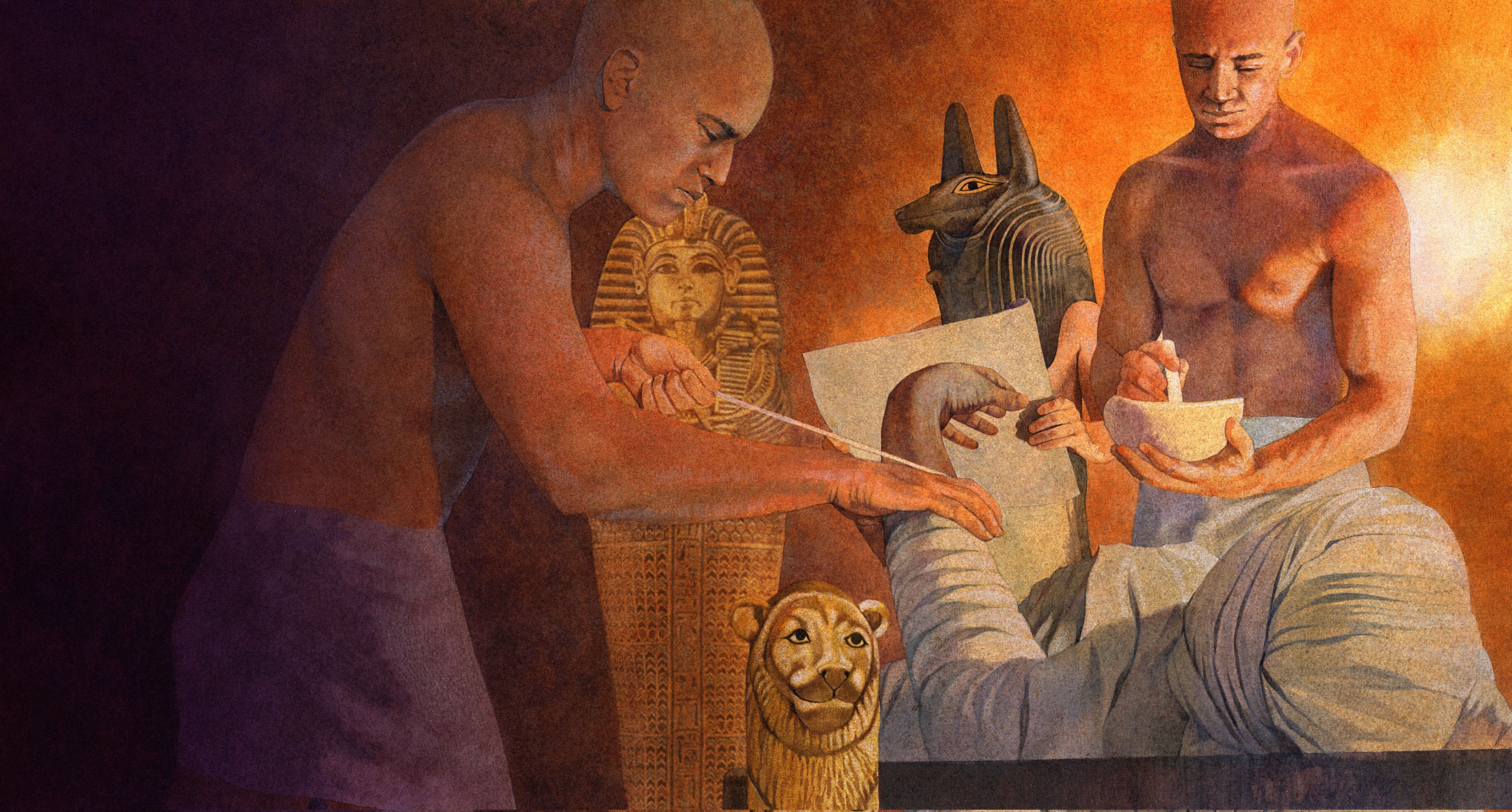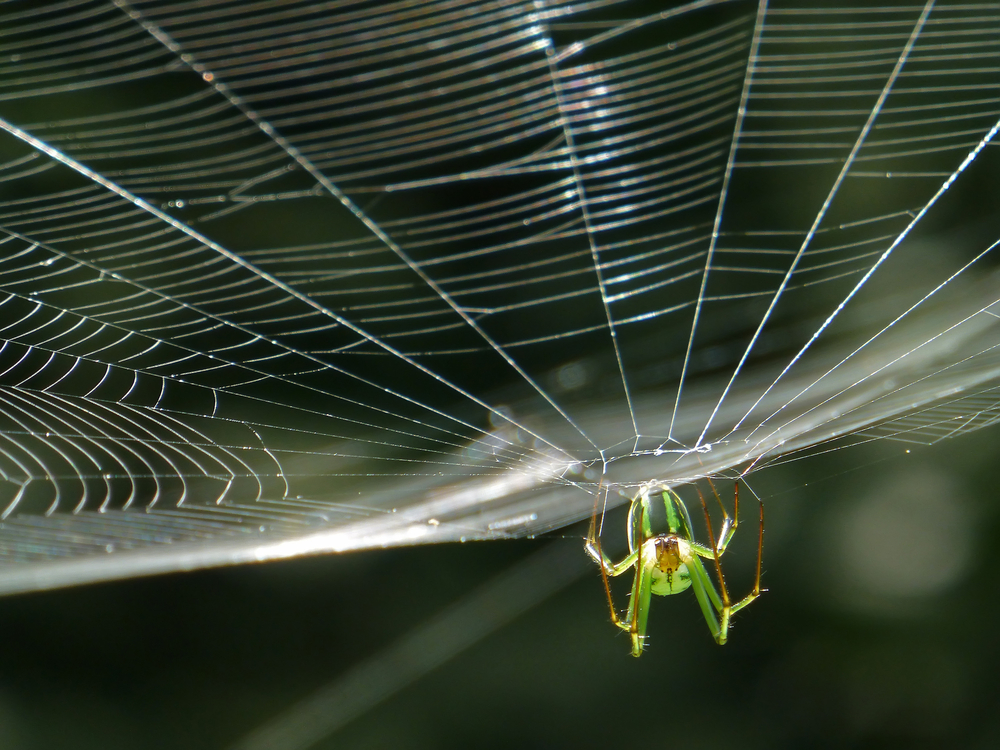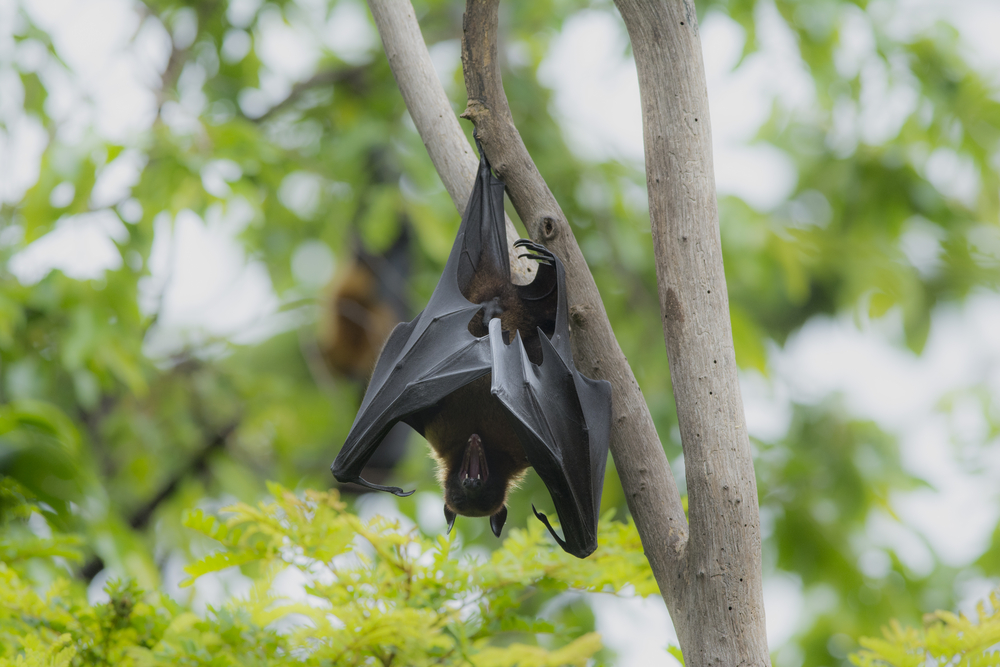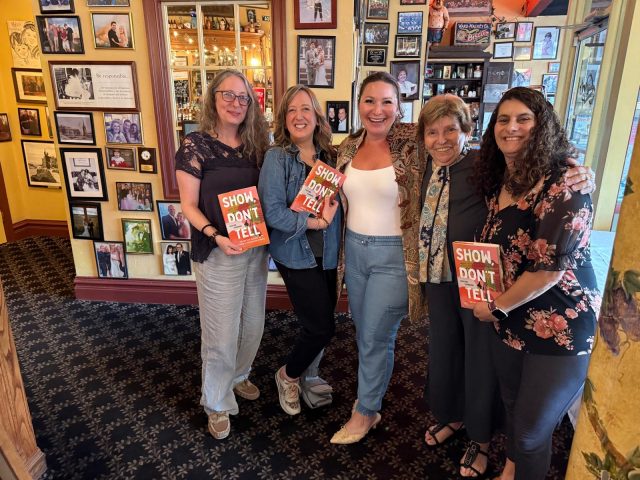Halloween Activities for the ClassroOoOoOom
- October 21, 2018
- By KIDS DISCOVER
As you probably know, kids love learning about all things spooky, creepy and crawly. That’s why we’ve put together this list of Halloween-themed resources for your classroom. Read the facts about mummies, spiders, and bats and enjoy a discount on 5 kid-favorite Print Titles.
Tell the real story about Mummies.
Egyptian embalmers removed the corpse’s intestines, stomach, liver, and lungs. They pulled the brain out through the nose, but the heart was left in place, because the dead needed their heart to get into the next life. Read more (if you can stomach it.)

Want to try your own “mummification” activity?
Students can demonstrate the drying effects of salt. Have students place a piece of bread in a plastic sandwich bag, leaving the bag unsealed. In another bag, have students place a piece of bread, completely cover the bread with salt, and leave the bag unsealed. After several days, students should put on rubber gloves and remove the bread from the bags. Have them compare the pieces of bread, noting whether one piece is dryer than the other, whether mold grew on them, and so on. Make sure students dispose of the bread and bags. (Find more Games and Activities About Mummies here!)
We’re all for festivities, but it’s also a great time of year to teach kids that the reputation spiders have earned for being “scary” is undeserved. First, have them read this myth-busting article about Spider Facts for Kids.

After reading, try out this cross-curricular Language Arts activity. (Find more Games and Activities on Spiders here!)
The tarantula got its name from an epidemic of spider bites that took place around 1370 in Taranto, Italy. People believed that performing a spinning dance called the tarantella would flush the venom from their systems. The word “tarantula” is considered an eponym, which means that the word comes from a person or thing. There are thousands of eponyms, from Ferris wheel to pickle. Have each student find three eponyms and write the derivation of each word. Then students can make up a word that comes from their own first or last name. They should write the definition of the word, explain the story behind the definition, and draw a picture to go along with the explanation.
Kids can learn more in our online unit on Spiders!
Although people often think of bats as flying rodents, they are not related to rodents at all. They belong to their own group called the Chiroptera, which means “hand-wing.” Genetically they are closer to monkeys than rodents. Share this quick read about Nature’s Spooks: Bats with your students, and they might just fall in love with these fascinating creatures.

Happy Halloween!


